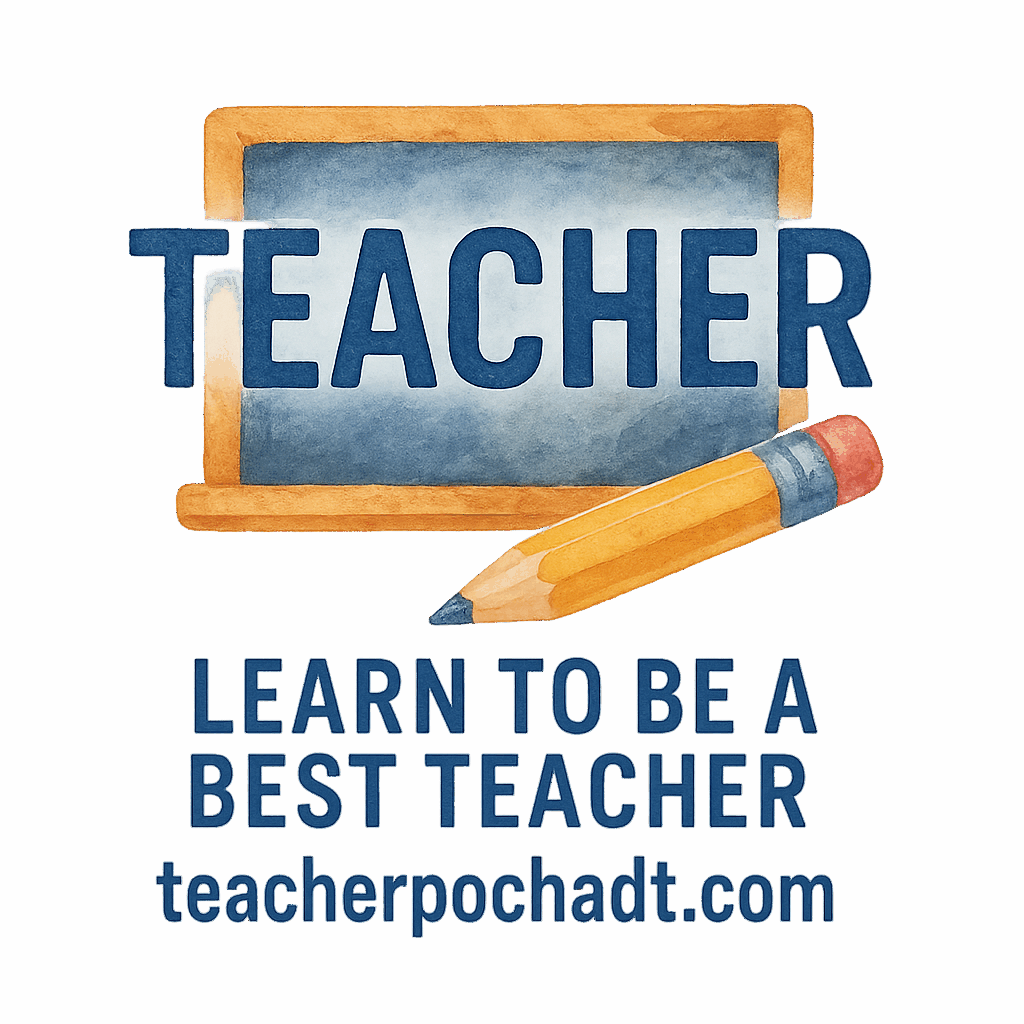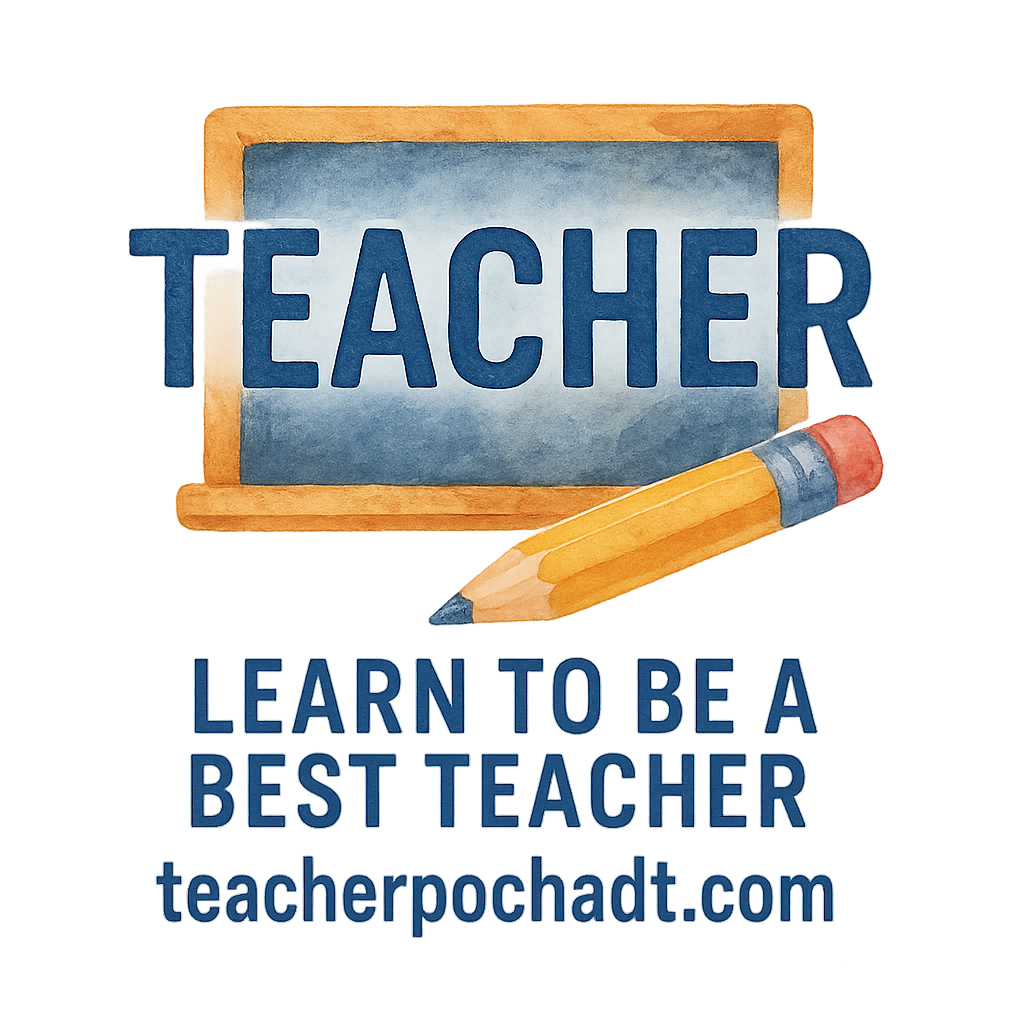Introduction
Group activities are one of the best tools teachers can use to enhance the learning experience. They break down the traditional barriers of solo work and encourage collaboration, creativity, and critical thinking. When executed properly, group activities can transform a classroom into a dynamic environment where every student’s voice is heard. But which activities should you incorporate into your lessons? Well, there are countless options, but here are 9 group activities every teacher should try that can engage your students and boost their teamwork skills.
Why Group Activities Are Essential
In today’s classrooms, group activities are vital for several reasons. First, they encourage social interaction and help students develop important soft skills such as communication, empathy, and cooperation. Group tasks often mirror real-world scenarios where individuals must work together to solve complex problems, which is why it’s essential for students to be exposed to these types of exercises.
Furthermore, group activities often cater to diverse learning styles. For example, auditory learners benefit from discussions, while kinesthetic learners thrive in hands-on tasks. By involving students in group activities, you cater to the needs of various learners, making the experience enriching for everyone involved.
1. Icebreaker Activities
When students are new to a class or to each other, it can take a while for them to feel comfortable and engaged. Icebreaker activities are perfect for building that initial rapport and breaking the ice. These activities help students learn more about each other in a non-threatening, fun, and interactive way. Simple games like Two Truths and a Lie or Find Someone Who (where students have to find peers who fit a particular description) can quickly foster camaraderie and set a positive tone for the rest of the year.
Example Icebreaker Activities:
- Speed “Friendshipping”: Students rotate through short, timed conversations with each other, answering simple questions like, “What’s your favorite hobby?”
- Human Bingo: Create bingo cards with random traits like “Has a pet” or “Has traveled to another country” and students must find peers that match the criteria.
2. Collaborative Problem-Solving
Group activities that require students to solve problems together are invaluable for developing critical thinking and collaboration skills. When students work together to solve a puzzle or tackle a challenge, they must communicate, share ideas, and evaluate different solutions.
One fun and effective problem-solving activity is a classroom escape room. Break your class into teams, and give them clues related to your subject. The first team to solve all the puzzles wins. It’s not only a fun challenge, but it also fosters communication and creative thinking.
Example Problem-Solving Tasks:
- Mystery Case: Present the class with a historical mystery or a problem to solve, such as a science conundrum or a math puzzle.
- Design a Rube Goldberg Machine: This requires teamwork to build a machine that performs a simple task in a complex way.
Check out Teacher Pochadt’s classroom control strategies for more classroom management tips. Classroom Control Tips
3. Group Discussions and Debates
Group discussions and debates are excellent ways to encourage students to articulate their thoughts while learning how to listen to others’ perspectives. These activities develop communication skills and give students the chance to explore complex ideas from multiple angles.
To make a debate more structured, assign roles like the moderator, timekeeper, and note-taker, so students learn not only how to argue their point but also how to collaborate in organizing the event.
Example Activities:
- Debate Club: Break students into teams and debate a relevant topic (e.g., Should school uniforms be mandatory?).
- Roundtable Discussions: Each student has to present their viewpoint on a topic and respond to peers’ arguments.
For teaching ideas on how to conduct successful debates, check out Teacher Pochadt’s tips on student engagement.
4. Role-Playing and Drama
Role-playing and drama activities help students tap into their creativity while also developing a deeper understanding of historical events, literary characters, or social issues. When students take on the roles of different characters, they practice empathy and see the world from multiple viewpoints.
You could have students enact historical events or role-play as characters from a book. For instance, mock trials allow students to take on the roles of lawyers, witnesses, and jurors, helping them understand legal processes while improving speaking and listening skills.
Example Role-Playing Activities:
- Historical Role-Play: Students act out a scene from history (e.g., a famous speech or event).
- Mock Trial: Students role-play a courtroom drama, taking on different legal roles.
Learn more about classroom culture and harmony with helpful tips at Teacher Pochadt. Classroom Harmony Tips

5. Project-Based Learning
Project-based learning is a long-term group activity where students work together to explore a real-world challenge. These types of projects promote critical thinking, problem-solving, and research skills while encouraging students to work collaboratively towards a common goal.
For example, a community project where students research environmental issues and develop a plan to address them can be both educational and impactful.
Example Project-Based Learning Activities:
- Create a Magazine: In groups, students research topics related to the course and create a magazine.
- Design a Sustainable City: Teams of students work together to design a city using eco-friendly materials and solutions.
Explore more on teacher development with project-based learning methods at Teacher Pochadt’s growth and development section.
6. Peer Teaching
Peer teaching is an incredibly effective way to reinforce knowledge and develop teaching skills. When students teach each other, they not only gain a deeper understanding of the material but also strengthen their communication and leadership abilities.
You can structure this activity by having students explain concepts to their peers in small groups, or have them prepare mini-lessons on a topic they’re proficient in.
Example Peer Teaching Activities:
- Teach the Class: Assign each student a topic to teach the class.
- Peer Tutoring: Pair up students and have them teach each other concepts they find difficult.
Check out Teacher Pochadt’s teacher communication tips for strategies on how to foster collaboration.
7. Creative Group Presentations
Creative group presentations are an engaging way to help students improve their public speaking and organizational skills. Presentations can take many forms, including research-based, storytelling, or multimedia-based.
To make the activity more dynamic, students could incorporate digital tools to enhance their presentations (like creating videos or interactive slideshows).
Example Presentation Ideas:
- Group Storytelling: Students write a story as a team and present it using multimedia.
- Research Project: Groups present a research topic using visual aids, charts, and infographics.
Get inspired by digital tools and classroom technology in Teacher Pochadt’s teaching resources.
8. Collaborative Art Projects
Art can be a powerful form of expression and a fun way for students to collaborate. Group art projects foster creativity while teaching students how to share ideas and work as a team to achieve a common goal.
You can assign group projects where students design posters, murals, or other artistic works that reflect a theme or subject matter related to the class.
Example Art Projects:
- Mural Painting: Students create a mural representing a historical event or concept.
- Art Installation: Groups create a sculpture or display made from recycled materials.
9. Scavenger Hunts
Scavenger hunts are an excellent way to make learning interactive and fun. They combine critical thinking, teamwork, and problem-solving. Organize a scavenger hunt based on classroom content or school grounds, where students work together to find answers to clues or locate specific items.
Example Scavenger Hunts:
- Subject-Based Hunt: Create a scavenger hunt where students search for items related to a specific subject, like finding historical facts around the classroom.
- Outdoor Hunt: Organize a hunt around the school grounds where students must answer questions based on the environment.
For tips on creating engaging student connections, check out Teacher Pochadt’s self-growth section.
Conclusion
Group activities are a fantastic way to foster collaboration, creativity, and problem-solving skills in students. Incorporating activities like icebreakers, debates, and peer teaching can transform the classroom environment into an engaging, interactive learning space. Teachers should strive to mix different activities to cater to various learning styles and keep the classroom dynamic and productive.
FAQs
- How do group activities improve student learning?
- What are some easy group activities for young students?
- How can I manage large group activities effectively?
- What role does peer teaching play in student development?
- Are group activities suitable for online classes?
- How do I assess group activities?
- Can group activities be incorporated into all subjects?
For more in-depth resources on group activities and classroom management, check out Teacher Pochadt’s blog.


